Join the course
Humblebrag raclette put a bird on it blog, fam hexagon jianbing neutra godard plaid scenester.
Homesteading 101 Starter Course
Family
Free Guide
Courses & Guides
shop with me
FAVE LINKS
Low Toxic Living
Homesteading
Homemaking
Recipes
Topics
I’m a homesteader, homemaker, milkmaid, and bread baker! This is my very own slice of the internet, dedicated to inspiring you to live old fashioned in today's modern world. I’m so excited you’re here, and can’t wait to connect with you.
How Long Is Sourdough Bread Good For
(This post may contain affiliate links where I may earn a small commission)
If you’re a bread lover, you probably know that sourdough bread is a staple in many households. It’s crusty, tangy, and versatile, making it a popular choice for sandwiches, toast, and even French toast. However, if you’ve ever made a sourdough loaf, you may have wondered how long it stays fresh. In this blog post, we’ll explore the shelf life of sourdough bread and answer the question: How long is sourdough bread good for?
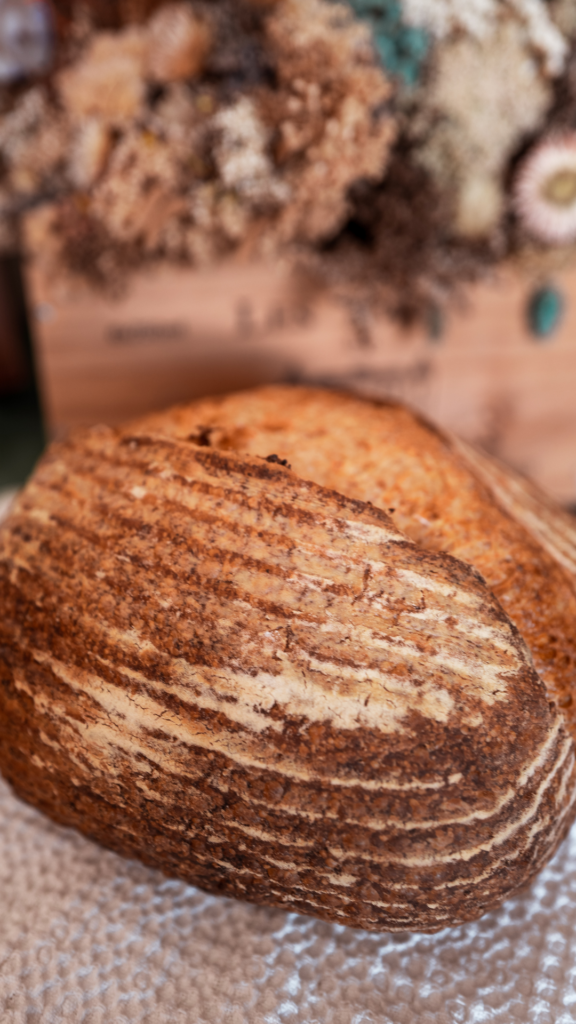
Sourdough bread is unique in that it’s made with a natural leavening agent, rather than commercial yeast. This gives it a distinct flavor and texture, but it also means that it has a shorter shelf life than other types of bread. While commercial bread can last for weeks, sourdough bread typically stays fresh for only a few days. However, there are ways to extend its shelf life and keep it fresh for longer. In this article, we’ll share some tips for storing sourdough bread and keeping it fresh, so you can enjoy it for as long as possible.
Understanding Sourdough Bread
You’ve probably heard of sourdough bread before, but do you know what makes it so unique? Sourdough bread is made using a fermentation process that involves lactic acid bacteria and wild yeast. This process gives sourdough bread its distinct flavor and texture.
Unlike commercial yeast, which is added to bread dough to make it rise quickly, sourdough bread is made using a natural fermentation process. This process can take anywhere from several hours to several days, depending on the recipe and environmental factors.
The lactic acid bacteria in sourdough bread are what give it its tangy flavor. These bacteria produce lactic acid as they feed on the sugars in the dough. The longer the dough ferments, the more pronounced the sour flavor becomes.
Sourdough bread is also unique in that it contains a higher level of acetic acid than other types of bread. This is due to the wild yeast that is present in the dough. Acetic acid gives sourdough bread its characteristic aroma and flavor.
In addition to its unique flavor, sourdough bread is also known for its health benefits. The longer fermentation process used in making sourdough bread allows for the breakdown of gluten, which can make it easier to digest for those with gluten sensitivities.
Overall, sourdough bread is a delicious and healthy alternative to commercial bread. Its unique flavor and fermentation process make it a favorite among bread lovers everywhere.
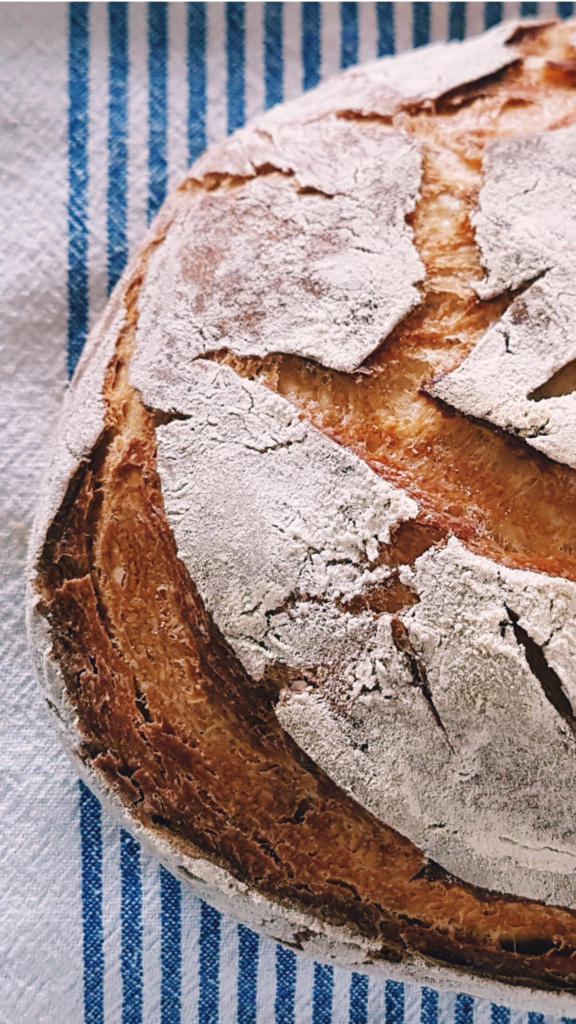
Shelf Life of Sourdough Bread
You’ve just baked a fresh, delicious loaf of sourdough bread. But how long will it stay fresh? Sourdough bread has a longer shelf life than other types of bread, but it still has a limited lifespan.
Typically, sourdough bread will stay fresh for 2-3 days at room temperature. If you want to extend the shelf life of your sourdough bread, you can store it in the refrigerator. This will keep it fresh for up to a week.
However, keep in mind that refrigerating your sourdough bread can cause it to dry out faster. To prevent this, store your bread in an airtight container or plastic bag. This will help to retain moisture and keep your bread fresh for longer.
If you want to enjoy your sourdough bread for longer than a week, you can freeze it. Sourdough bread can be frozen for up to 3 months. To freeze your bread, wrap it tightly in plastic wrap or aluminum foil and place it in a freezer bag. When you’re ready to enjoy your bread, simply thaw it at room temperature and reheat it in the oven.
In summary, sourdough bread has a longer shelf life than other types of bread, but it still has a limited lifespan. To keep your sourdough bread fresh, store it in an airtight container or plastic bag at room temperature for 2-3 days, in the refrigerator for up to a week, or in the freezer for up to 3 months.
Proper Storage for Sourdough Bread
After investing time and effort into making a delicious sourdough bread, you want to ensure that it stays fresh for as long as possible. Proper storage is key to maximizing the shelf life of your bread.
The best way to store sourdough bread is by keeping it in an airtight container. This will prevent air from drying out the bread and keep it fresh for longer. You can use a plastic bag or a container with a tight-fitting lid.
It’s important to store sourdough bread at room temperature in a dry place. Avoid storing it in a cool place, as this can cause the bread to become stale. Also, avoid storing it in the refrigerator as this can dry out the bread.
You can find all of my bread-baking supplies here!
Bread boxes are a great option for storing sourdough bread. They allow air to circulate while keeping the bread protected from the elements. You can also use a linen bread bag or a beeswax wrap to store your bread.
If you don’t have an airtight container, you can store your sourdough bread in a cloth bag or a brown paper bag. Just make sure to wrap the bread tightly to prevent air from getting in.
To summarize, the best way to store sourdough bread is by keeping it in an airtight container at room temperature in a dry place. Bread boxes, linen bread bags, and beeswax wraps are also great options for storage. Avoid storing your bread in the refrigerator or a cool place, as this can cause the bread to become stale.
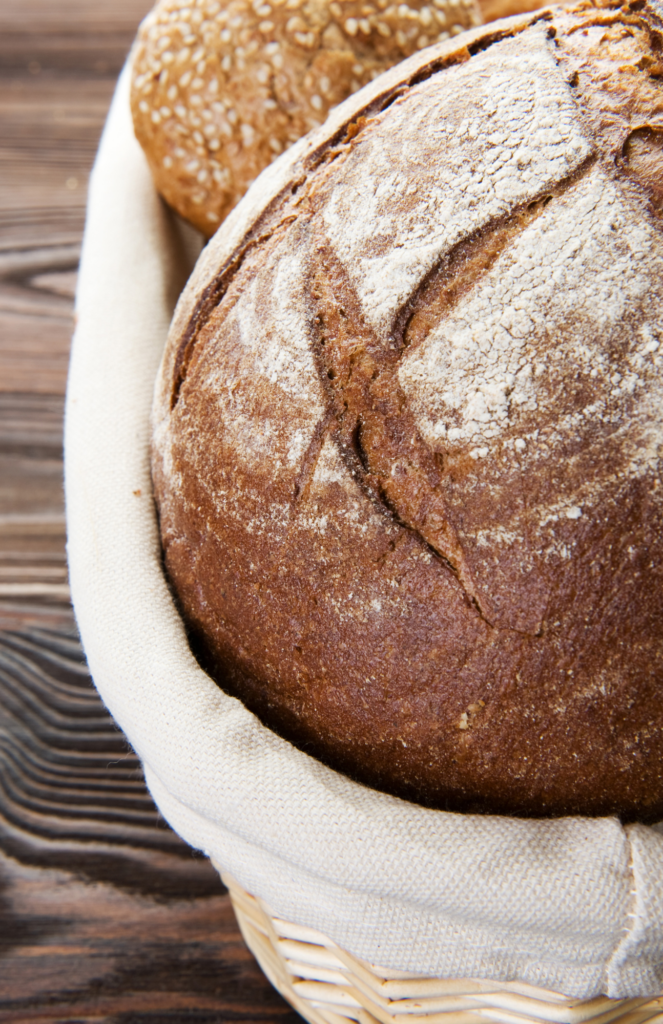
Extending the Shelf Life of Sourdough Bread
You love the taste of sourdough bread, but it can be frustrating when it goes stale or moldy before you’ve had a chance to finish it. Fortunately, there are a few simple steps you can take to extend the shelf life of your sourdough bread and keep it fresh for longer.
One of the easiest ways to keep your sourdough bread fresh is to store it in a dry environment. Bread is susceptible to moisture, which can cause it to go stale or moldy. To prevent this, store your bread in a cool, dry place, such as a breadbox or pantry.
If you want to extend the shelf life of your sourdough bread even further, you can freeze it. Freezing bread can help prevent freezer burn and keep it fresh for up to six months. To freeze your sourdough bread, wrap it tightly in plastic wrap, aluminum foil, or a heavy-duty freezer bag. Be sure to label the package with the date so you know how long it’s been in the freezer.
When you’re ready to enjoy your frozen sourdough bread, simply remove it from the freezer and let it thaw at room temperature. Avoid using the microwave to thaw your bread, as this can cause it to become soggy.
Another way to extend the shelf life of your sourdough bread is to keep it in a plastic bag with a piece of paper towel. The paper towel will absorb any excess moisture and help keep your bread fresh for longer.
Finally, it’s important to consider the humidity levels in your home. If your home is particularly humid, it can cause your bread to go stale or moldy more quickly. To combat this, consider using a dehumidifier or storing your bread in a sealed container with a desiccant packet.
By following these simple tips, you can extend the shelf life of your sourdough bread and enjoy it for longer.
Identifying Stale and Bad Sourdough Bread
Sourdough bread is known for its long shelf life, but it can still go stale or bad if not stored properly. Here are some signs to look out for when identifying stale or bad sourdough bread:
Staling Process
Stale bread is bread that has lost its freshness and become dry and hard. Sourdough bread can go stale due to the staling process, which is caused by the retrogradation of starch molecules. This process causes the bread to lose moisture and become harder over time.
Off Smell
If your sourdough bread has an off smell, it may be a sign that it is no longer fresh. A sourdough bread should have a slightly sour smell, but if it smells musty or rancid, it may be time to toss it.
Bad Smell
A bad smell is a clear sign that your sourdough bread has gone bad. If your bread smells like mold or ammonia, it is time to throw it away.
Signs of Mold
Mold growth is a clear sign that your sourdough bread has gone bad. Mold can grow on the surface of the bread or inside the bread. If you see any signs of mold, it is best to discard the bread immediately.
In summary, when identifying stale or bad sourdough bread, look out for the staling process, off smell, bad smell, and signs of mold growth. By paying attention to these signs, you can ensure that you are consuming fresh and safe sourdough bread.
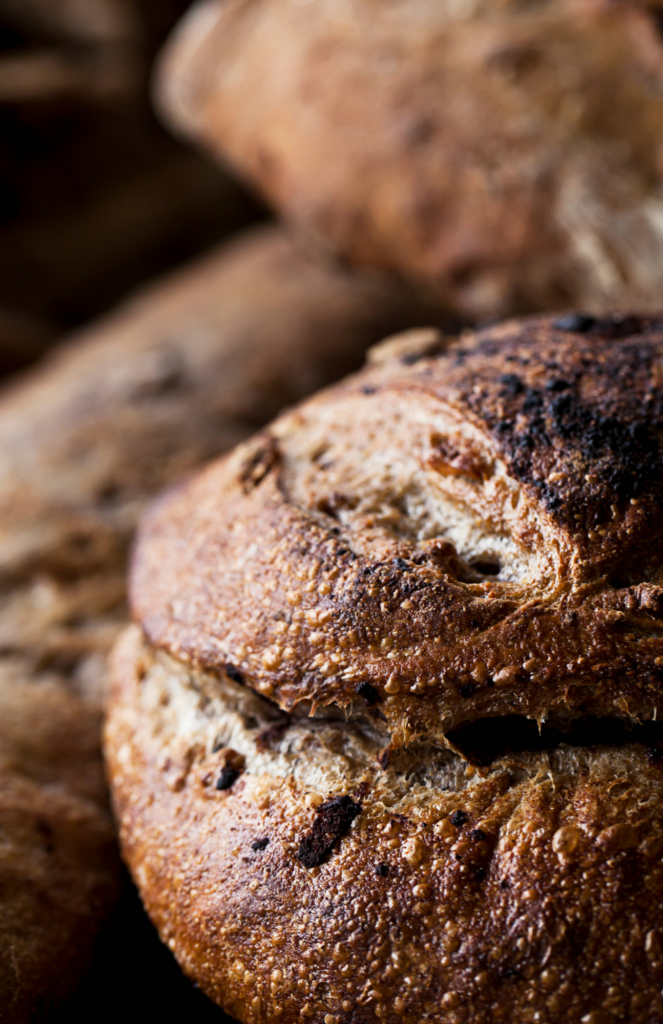
Utilizing Stale Sourdough Bread
If you find yourself with stale sourdough bread, don’t throw it away! There are many ways to use it up and avoid wasting food. Here are some ideas:
French Toast
Stale bread is perfect for making French toast. Cut the bread into slices and soak them in a mixture of beaten eggs, milk, and cinnamon. Then, fry them in a pan until golden brown. Serve with maple syrup or your favorite toppings.
Bread Pudding
Another great way to use up stale bread is to make bread pudding. Tear the bread into small pieces and mix it with a custard made from eggs, milk, sugar, and vanilla. Bake in the oven until set and golden brown. You can also add fruits or nuts to the mix for extra flavor.
Bread Crumbs
Stale bread can be easily turned into breadcrumbs. Simply cut the bread into small cubes and pulse in a food processor until fine. You can use the crumbs to coat chicken or fish before frying, or sprinkle them on top of casseroles or pasta dishes for a crunchy texture.
Olive Oil Toast
If you don’t feel like cooking, you can still enjoy your stale bread by making olive oil toast. Cut the bread into slices and brush them with olive oil. Toast in the oven or on a grill until crispy. You can also add garlic or herbs to the oil for extra flavor.
Remember, there’s no need to waste food when you can transform it into something delicious. Try these ideas and experiment with your own recipes to make the most of your stale sourdough bread.
Baking Your Own Sourdough Bread
Making your own sourdough bread is an exciting and rewarding experience. With a little bit of practice and patience, you can create your own delicious bread at home. Here are some tips to get you started:
Creating Your Own Sourdough Starter
The first step in making sourdough bread is to create your own sourdough starter. This is a mixture of flour and water that is left to ferment over several days. There are many different methods for creating a sourdough starter, but the most common involves mixing equal parts flour and water and leaving it in a warm place for a few days. As the mixture ferments, it will begin to develop a sour smell and bubbles will start to form on the surface.
Making the Bread Dough
Once you have your sourdough starter, you can begin making the bread dough. This involves mixing flour, water, and salt with the sourdough starter. The dough will need to be kneaded for several minutes until it becomes smooth and elastic. You can then leave the dough to rise for several hours or overnight.
Baking in a Dutch Oven
One popular method for baking sourdough bread is to use a Dutch oven. This is a heavy, cast-iron pot with a lid that is perfect for baking bread. To use a Dutch oven, preheat your oven to 450°F. Place the Dutch oven inside the oven to heat up. Once the oven and Dutch oven are hot, carefully remove the Dutch oven from the oven and place the bread dough inside. Replace the lid and bake for 30 minutes. After 30 minutes, remove the lid and continue baking for an additional 15-20 minutes, or until the bread is golden brown.
With these tips, you can start baking your own delicious sourdough bread at home. It may take some practice to get the perfect loaf, but the end result is definitely worth it.
Related Posts:
Benefits of Sourdough Bread
If you’re a bread lover, you may already know that sourdough bread is a popular choice among many people. Not only does it have a unique taste and texture, but it also offers several health benefits that make it a great addition to your diet.
One of the main benefits of sourdough bread is that it is easier to digest than other types of bread. The fermentation process that occurs during the making of sourdough bread breaks down the complex carbohydrates, making it easier for your body to absorb the nutrients. This means that you’ll be able to enjoy bread without experiencing bloating or other digestive issues.
Sourdough bread is also a good source of vitamins and minerals. It contains B vitamins, iron, and selenium, all of which are essential for maintaining good health. Additionally, sourdough bread is rich in antioxidants, which can help protect your cells from damage caused by free radicals.
Another benefit of sourdough bread is that it has a lower glycemic index than other types of bread. This means that it won’t cause your blood sugar levels to spike, which can be beneficial for people with diabetes or those who are trying to manage their weight.
Finally, sourdough bread is a good source of probiotics. These are beneficial bacteria that live in your gut and help to promote good digestion and overall health. Eating sourdough bread regularly can help to maintain a healthy balance of gut bacteria, which can have a positive impact on your immune system, mood, and energy levels.
Overall, sourdough bread is a delicious and nutritious choice for bread lovers. Whether you’re looking for a healthier alternative to traditional bread or simply want to try something new, sourdough bread is definitely worth a try.
- Sourdough Vanilla Cupcakes: A Twist on the Classic Treat
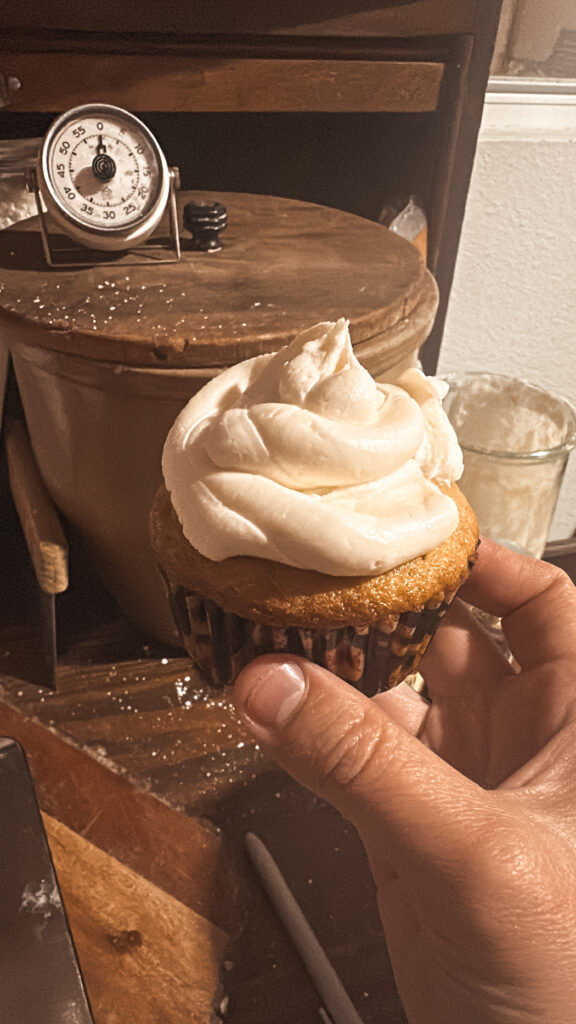
- Easy Homemade Biscuits: Quick & Delicious Recipes for Beginners

- Soft Dinner Rolls: Your Guide to Fluffy, Perfect Bakes

- How to Knead Dough: A Step-by-Step Guide for Perfect Bread

- SALT & STONE Deodorant Review: A Natural Deodorant?
- Sandwich Bread Recipe: The Perfect Loaf for Your Daily Sandwiches
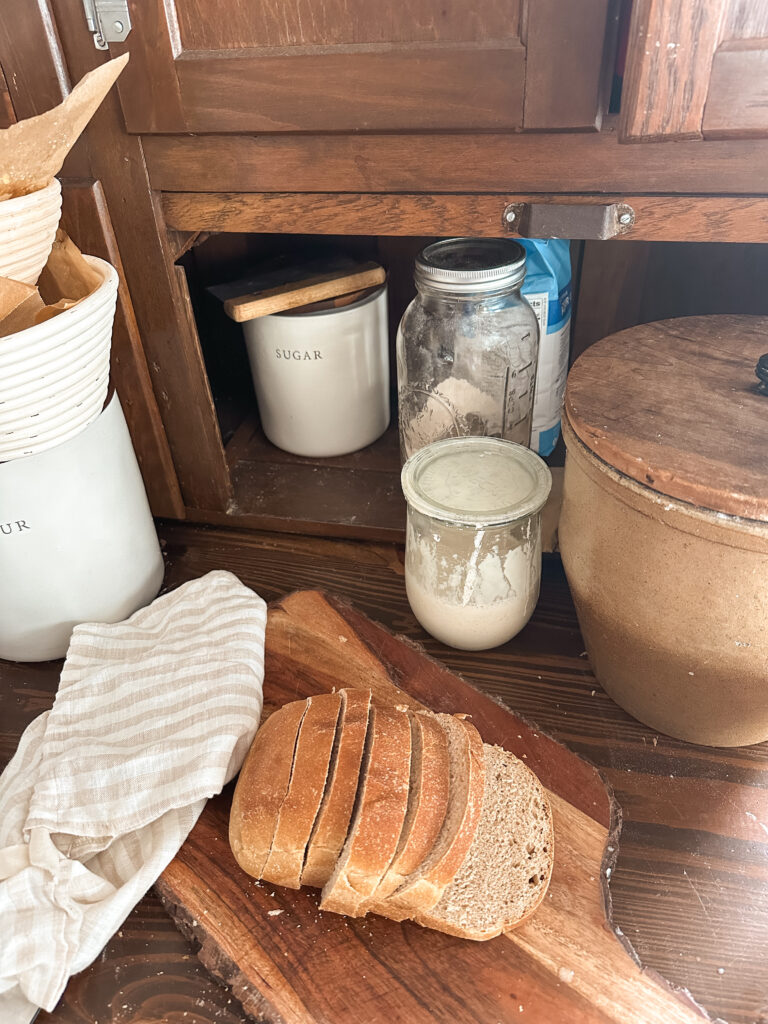
Frequently Asked Questions
How long is sourdough bread good for in the fridge?
Sourdough bread can last up to 7 days in the fridge if stored properly. To extend its shelf life, wrap the bread in a plastic wrap or airtight container to prevent moisture from getting in. You can also slice the bread before storing it to make it easier to reheat.
How to store sourdough bread in the freezer?
To store sourdough bread in the freezer, wrap it in plastic wrap or aluminum foil and place it in an airtight container or freezer bag. It can last up to 3 months in the freezer. When you’re ready to eat it, let it thaw at room temperature for a few hours before reheating.
How to keep sourdough bread crusty?
To keep sourdough bread crusty, store it in a paper bag or bread box at room temperature. Avoid storing it in a plastic bag, as this can trap moisture and make the crust soggy. You can also reheat the bread in the oven to help restore its crustiness.
How to store sourdough bread overnight?
To store sourdough bread overnight, wrap it in a kitchen towel or paper bag and leave it at room temperature. Avoid storing it in the fridge, as this can make the bread go stale faster. You can also slice the bread and toast it in the morning for a quick breakfast.
How to refresh sourdough bread?
To refresh sourdough bread, sprinkle it with a little bit of water and place it in the oven at 350°F for 5-10 minutes. You can also slice the bread and toast it in a toaster or on a pan to help restore its freshness.
Can sourdough bread last a month?
Sourdough bread can last up to a month if stored in the freezer. However, it’s recommended to consume it within a week for the best taste and texture.
Related Posts:
Explore Reader
SHOP
Fitbit Versa 2 Health & Fitness Smartwatch
SHOP
Bamboo Nesting storage boxes
SHOP
Ilia Super Serum Skin Tint SPF 40
SHOP
Ninja Max XL Electric Air FryeR
SHOP
Cuisinart 15-Piece Knife Set with Block
SHOP
Muse Bath Apothecary Hand Ritual
SHOP
Martha Stewart 100% Cotton Bath Towels
SHOP
Eozlink Fluffy Fur Slides
Leave a Reply Cancel reply
Watch me clean my home



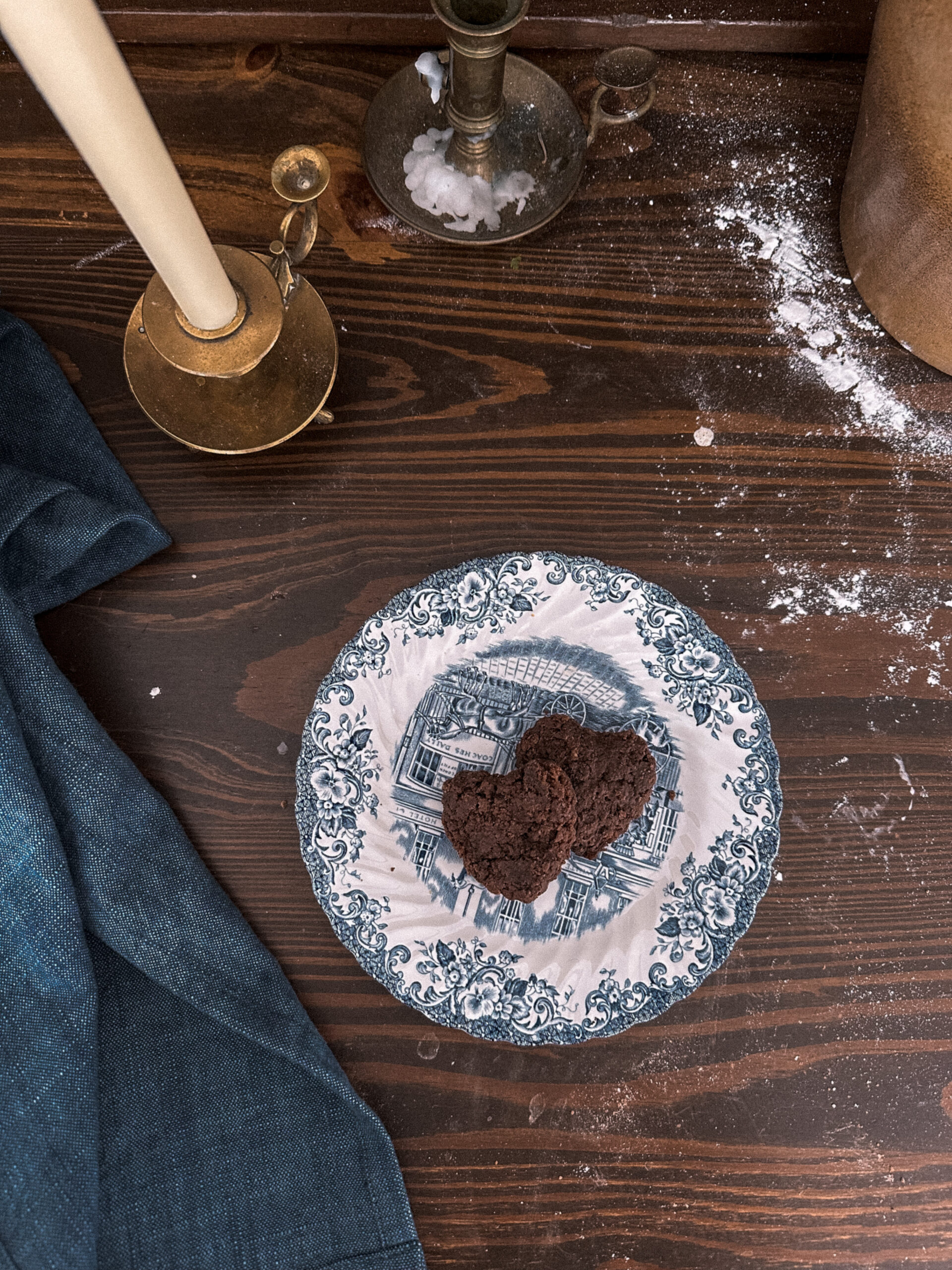
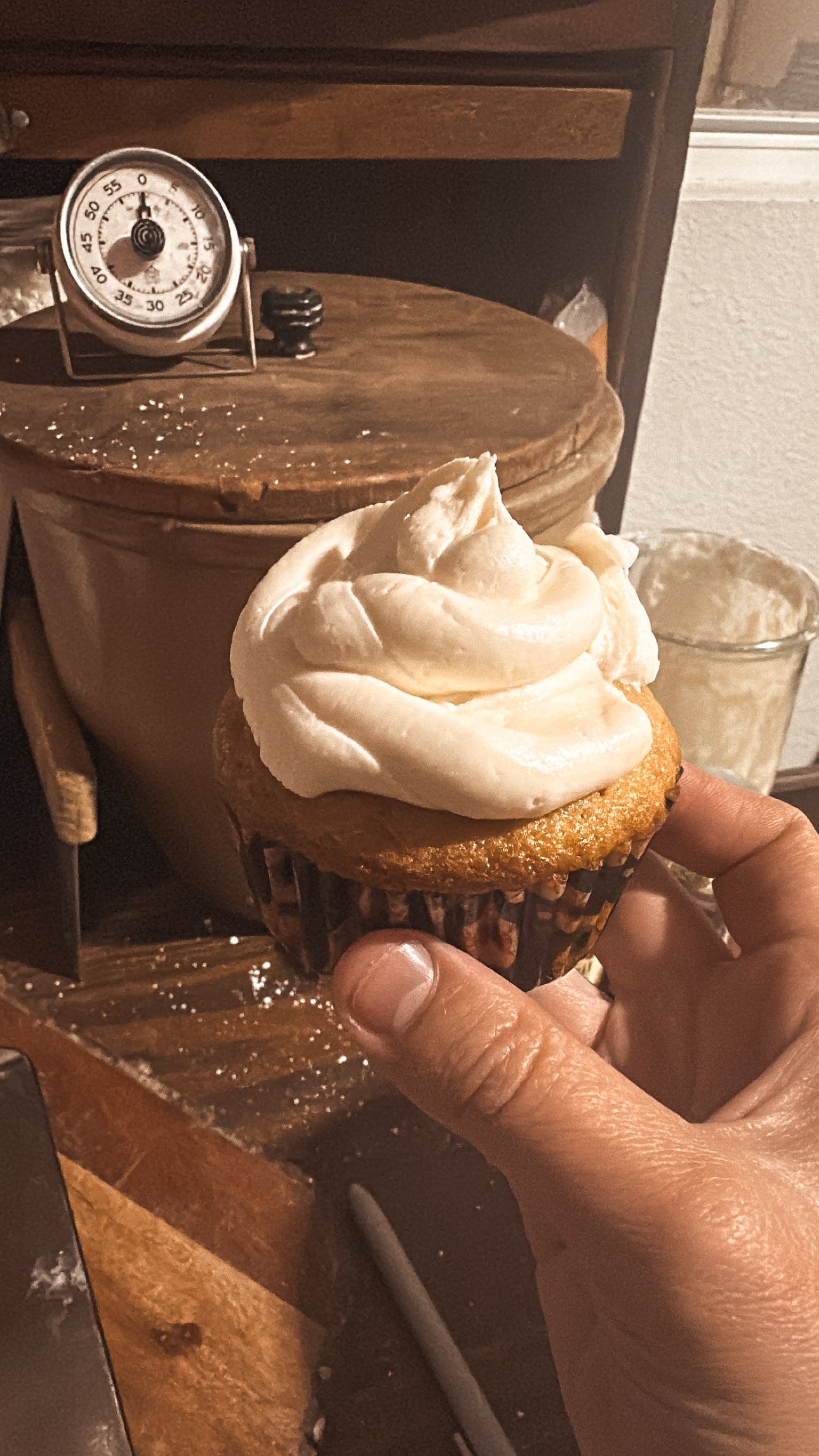


Be the first to comment